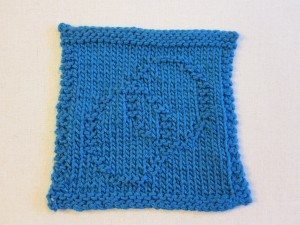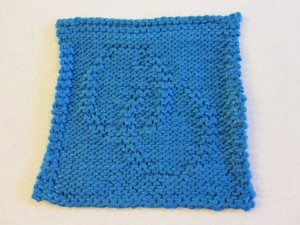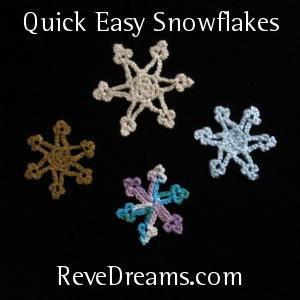The hubs was taken over by the urge to make things with clay, so I sat with him with the idea of making a little soap dish. We recently bought some solid shampoo, and I thought it would be nice to have something with narrow drainage slots, so when it gets smaller it doesn’t want to slip through and fall. I finished the dish – really more of a tray – earlier than he finished his doodads, though, and since I had chosen Fimo Effects in “granite” for the dish, I rolled my leftover worked clay into a rock shape. And then remembered something!
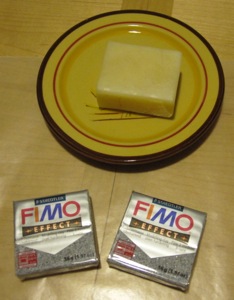
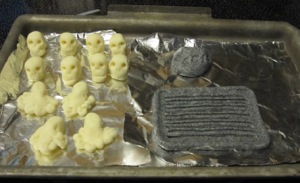
Years ago I pulled a craft idea from a magazine. I assume it was Better Homes and Gardens, but the page doesn’t say and the article doesn’t seem to be online anywhere. The craft was called “Say it with Dream Stones” and was about using translucent polymer clay and spices to make stones, imprinting them with rubber stampers before baking, painting the impressions but wiping off the excess so only the stamp would be dark, and then varnishing them. I just so happen to have a set of typewriter letter stamps, which I retrieved post haste.
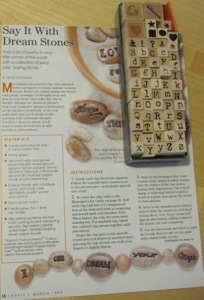
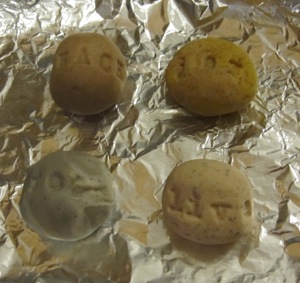
The second picture is another set of wishstones, after baking but before any painting or varnishing. Those were made with Sculpey III instead of Fimo.
I have close-ups of the second round of stones, linked from their names. “live” is beige clay (really a sort of pink) with mace, preground black pepper, and celery seed mixed in. “dream” is pearl clay with black pepper and poppy seed, marbled with elephant gray clay with salt and poppy seed. The gray really didn’t show the spices through, it just became more textured. I thought the salt would perhaps show and add some sparkle, since the pearl clay has some shimmer, but it did not.
“REACH” is translucent clay with cinnamon, and “joy” is translucent clay with turmeric and mace marbled with translucent clay with coriander and chili powder. The translucent clay darkened quite a bit when baked – my husband described it as being “like teeth” when it was baked, which is slightly translucent and slightly yellowish, and when it is unbaked it is plain white. I think the spices may have shown through more when it was baked as well. This was better in the case of “joy”, which was an unnatural yellow in the turmeric-colored portions before baking.
I painted the words on “magic” and “dream” with a mix of metallic black and silver acrylic paint. “REACH” is gold acrylic, and “live” and “joy” are both a mix of gold and copper.
The unmarked stones were experiments. The marbled one is leftovers from “dream” mixed with turbinado sugar. The unappealing gray one is elephant gray clay with turmeric (the mistake), salt, poppyseed, paprika, and chili powder (the efforts to rescue it), with a surface rub of paprika and black pepper. I painted both with clear nail polish. In the case of the marbled stone, this was so the sugar wouldn’t dissolve in a water-based finish, and in the case of the gray stone, it was an effort to salvage its attractiveness.
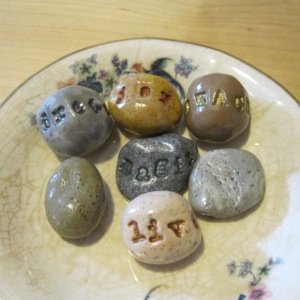
This would be an easy craft to do with children or in a group setting, provided you had the capability to bake the clay and the time to wait. It could be great in a daycamp type setting, where the kids could make the stones one day, someone in charge could bake them that night, and then they could paint the letters at the start of the next day and have them dry in time to take them home. The varnish is really optional.
